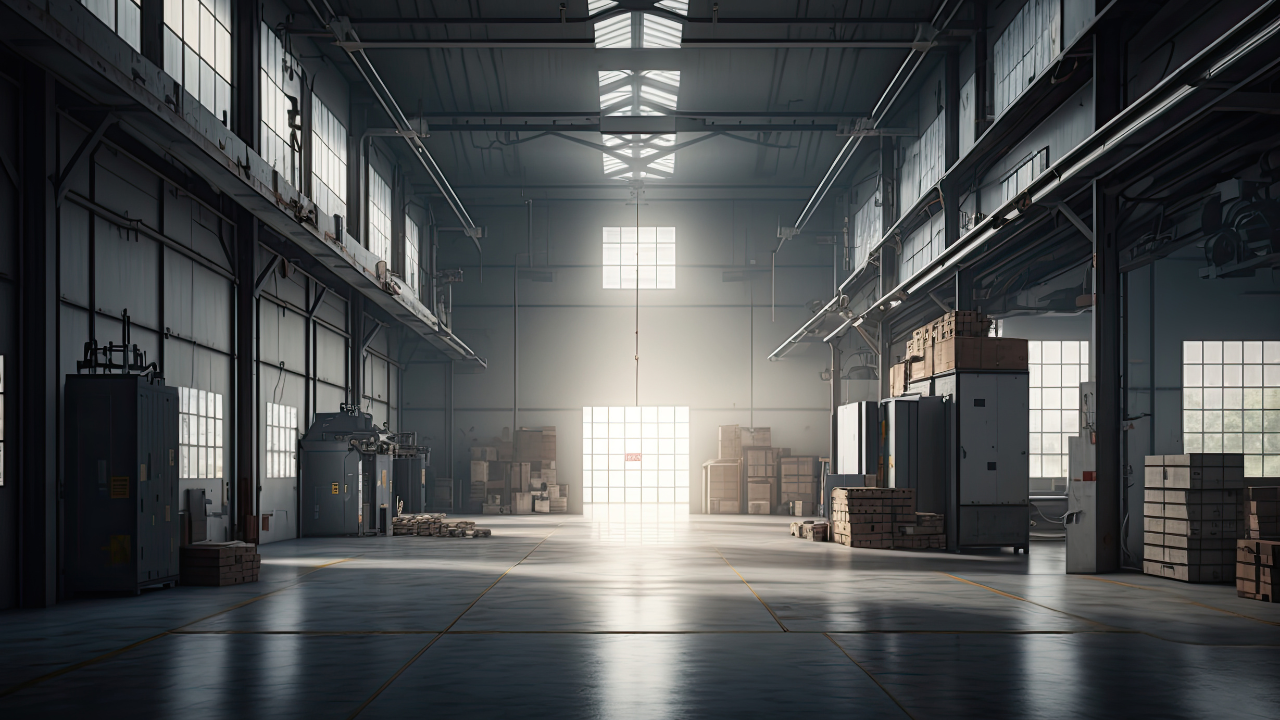Table Of Contents
- Why An Optimized Warehouse Is The Backbone Of E-Commerce Success?
- The Core Principles Of Modern Warehouse For E-Commerce Business Design
- 1. Workflow Optimization
- 2. Space Optimization
- 3. Scalability And Adaptability
- A Step-By-Step Guide To Designing Your E-Commerce Warehouse
- Phase 1: Strategic Planning And Layout
- Phase 2: Inventory, Storage, And Picking Systems
- Phase 3: Integrating Technology And Automation
- Phase 4: Safety, Compliance, And Workforce
- Future-Proofing Your Investment: The Overlooked Role Of The Building Shell
- 1. Lifecycle Cost > Upfront Cost
- 2. Combat Condensation, Protect Your Tech
- 3. The Link Between Insulation And Efficiency
- Frequently Asked Questions
- 1. How Do I Set Up A Basic E-Commerce Warehouse?
- 2. What Should Be Considered In An E-Commerce Warehouse Layout?
- 3. How Do You Create An Efficient Warehouse?
- Build For Today—Design For Tomorrow
How To Design A Safe And Efficient Warehouse For Your Growing E-Commerce Business?
Let’s not sugarcoat it—your warehouse is either making your e-com biz run like clockwork… or it’s quietly wrecking your margins.
A lot of folks think it’s just about shelving and stacking stuff, but honestly? It’s the engine room. If it stalls, everything else does too.
So whether you’re just starting out or trying to level up, here’s a no-fluff guide on how to design a warehouse for e-commerce business that actually works.
Oh—and we’re definitely talking about the building itself, not just what goes inside it (yeah, most people skip that part).
Why An Optimized Warehouse Is The Backbone Of E-Commerce Success?
So here’s the deal—warehouse for e-commerce business design isn’t just a logistics thing. It’s a customer experience thing. Sounds dramatic? Maybe. But it’s true.
The faster and more accurately you get stuff out the door, the happier your customers are. The happier they are, the more likely they’ll come back (and tell their friends).
Not to mention, a well-designed space means fewer staff hours, fewer mistakes, and a way easier time scaling when things blow up during peak season.
Whether you’re shipping ten orders a day or a thousand, a smart warehouse setup isn’t just helpful—it’s kind of essential.
The Core Principles Of Modern Warehouse For E-Commerce Business Design
Alright, let’s break this down into the three big core principles of the Modern E-commerce warehouse design:
1. Workflow Optimization
You want stuff to move in one clean direction—receiving → storage → picking → packing → out the door. Not zigzagging like a lost puppy. If your team has to double back constantly, something’s off.
2. Space Optimization
Look up. That ceiling? Yeah, that’s storage real estate. Use vertical racks, make those aisles just wide enough (but not too wide), and rework the layout every few months if needed. Dead space is expensive.
3. Scalability And Adaptability
Things change fast in e-commerce. Today it’s phone cases, tomorrow it’s furniture. You need shelving and systems that can adapt without needing a whole redesign every time your catalog grows.
A Step-By-Step Guide To Designing Your E-Commerce Warehouse
Here is a step by step guide of how you might wanna design your e-commerce warehouse for e-commerce business. So, follow these steps to know how to design.
Phase 1: Strategic Planning And Layout
- Analyze Your Needs: Evaluate the SKU range, order volume, and forecasts. Small items? Big bulky stuff? Think about your average order, not just your product list.
- Determine Space Requirements: Receiving, storage, picking, packing, shipping. Give everything its spot. Even a corner for returns helps avoid chaos.
- Design for Flow: U-shape, I-shape, whatever—it depends on your space. Just don’t overcomplicate it.
Phase 2: Inventory, Storage, And Picking Systems
- Smart Slotting: Seriously, don’t make pickers walk across the warehouse for stuff that goes in 80% of orders.
- Storage Equipment: Racks, bins, modular stuff—match it to the size and weight of your products.
- Optimize Pick Paths: Try wave picking or batch picking if you’re doing lots of orders per shift. Saves tons of steps (and time).
Phase 3: Integrating Technology And Automation
- Warehouse Management Systems (WMS): If you’re still tracking inventory in spreadsheets, it’s time to stop. A good Warehouse Management System talks to your store, helps track stock in real time, and saves you from inventory nightmares.
- Automation: Maybe a conveyor belt. Maybe just barcode scanners. Doesn’t have to be full-on robots on day one.
- Tracking KPIs: Pick accuracy, order times, returns. These numbers show you what’s working (and what’s not).
Phase 4: Safety, Compliance, And Workforce
- Safety First: That means good lighting, clear walkways, and tools that don’t wreck your staff’s backs.
- Documents Procedures: SOPs aren’t exciting, but they save time. Helps new hires, keeps everyone on the same page.
- Train Your Team: Don’t just throw folks into the mix. Train them on systems, safety, and what to do when things go sideways.
Future-Proofing Your Investment: The Overlooked Role Of The Building Shell
The warehouse for e-commerce business performance isn’t about what’s inside. The building, especially insulation and climate control.
Here’s something that hardly anyone talks about, but honestly, it’s a game-changer.
1. Lifecycle Cost > Upfront Cost
Like, a lot more than you’d think. If you cheap out on it, you’ll spend way more later. Bad insulation, is equal to high energy bills, wet floors, and damaged equipment.
2. Combat Condensation, Protect Your Tech
Metal buildings are especially bad for this. Without proper insulation, moisture builds up, and boom—rust, mold, fried electronics. Not fun.
3. The Link Between Insulation And Efficiency
Keeps your warehouse at a stable temp. Your team won’t be sweating buckets or freezing. Your machines won’t glitch. And your energy bills won’t make you cry.
One solid option that gets mentioned a lot? CMI metal building insulation, it’s durable, helps control temps, and keeps humidity in check. Basically, it creates a stable vibe inside your warehouse—even when the weather outside’s losing its mind.
Frequently Asked Questions
Here are a few questions that other people have asked on the topic that you might find helpful at the same time.
1. How Do I Set Up A Basic E-Commerce Warehouse?
- Analyse SKUs and volume
- Create zones (receiving, storage, packing, etc.)
- Choose good storage systems
- Use a WMS
- Train your staff + track performance
2. What Should Be Considered In An E-Commerce Warehouse Layout?
- Clear product flow
- Space maximization
- Flexibility for growth
- Safety and ergonomics
- Infrastructure like insulation and climate control
3. How Do You Create An Efficient Warehouse?
- Minimize travel paths
- Smart slotting and storage
- Automation integration
- Use a WMS
- Monitor and refine the process
Build For Today—Design For Tomorrow
Here’s the truth: a good warehouse for e-commerce business isn’t just about stacking boxes efficiently. It’s about creating a system that works under pressure, grows with you, and doesn’t fall apart when things get busy.
Don’t overlook the boring stuff like insulation or layout tweaks—they can be the difference between profit and panic.
If you’re serious about scaling your e-commerce brand, start here. Build smart, tweak often, and don’t be afraid to invest in stuff that pays off down the line.
Read Also:















